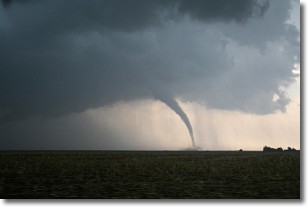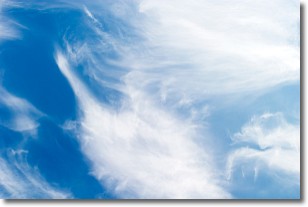Weather Alert in Texas
Flood Advisory issued August 29 at 1:24PM CDT until August 29 at 3:15PM CDT by NWS Shreveport LA
AREAS AFFECTED: Gregg, TX; Harrison, TX; Marion, TX; Upshur, TX
DESCRIPTION: * WHAT...Flooding continues caused by earlier excessive heavy rainfall. * WHERE...A portion of northeast Texas, including the following counties, Gregg, Harrison, western Marion and Upshur. * WHEN...Until 315 PM CDT. * IMPACTS...Flooding in low-lying and poor drainage areas. Water over roadways. * ADDITIONAL DETAILS... - At 121 PM CDT, While the heavy rainfall has ended across the advisory area, Doppler radar indicated widespread 2 to 6 inches of rain with isolated higher amounts has fallen. Overflowing poor drainage areas have already caused flooding in the advisory area. - Flooding impacts will continue, but no additional rainfall is expected. - Some locations that will experience flooding include... Longview, Marshall, Kilgore, White Oak, Gladewater, Gilmer, Hallsville, Ore City, Clarksville City, East Mountain, Harleton, Diana, Cedar Springs, West Mountain, Woodlawn, Liberty City, Elysian Fields, Lakeport, Scottsville and Union Grove. - http://www.weather.gov/safety/flood
INSTRUCTION: Turn around, don't drown when encountering flooded roads. Most flood deaths occur in vehicles. Be aware of your surroundings and do not drive on flooded roads.
Want more detail? Get the Complete 7 Day and Night Detailed Forecast!
Current U.S. National Radar--Current
The Current National Weather Radar is shown below with a UTC Time (subtract 5 hours from UTC to get Eastern Time).

National Weather Forecast--Current
The Current National Weather Forecast and National Weather Map are shown below.

National Weather Forecast for Tomorrow
Tomorrow National Weather Forecast and Tomorrow National Weather Map are show below.

North America Water Vapor (Moisture)
This map shows recent moisture content over North America. Bright and colored areas show high moisture (ie, clouds); brown indicates very little moisture present; black indicates no moisture.

Weather Topic: What are Wall Clouds?
Home - Education - Cloud Types - Wall Clouds
 Next Topic: Altocumulus Clouds
Next Topic: Altocumulus Clouds
A wall cloud forms underneath the base of a cumulonimbus cloud,
and can be a hotbed for deadly tornadoes.
Wall clouds are formed by air flowing into the cumulonimbus clouds, which can
result in the wall cloud descending from the base of the cumulonimbus cloud, or
rising fractus clouds which join to the base of the storm cloud as the wall cloud
takes shape.
Wall clouds can be very large, and in the Northern Hemisphere they generally
form at the southern edge of cumulonimbus clouds.
Next Topic: Altocumulus Clouds
Weather Topic: What are Altostratus Clouds?
Home - Education - Cloud Types - Altostratus Clouds
 Next Topic: Cirrocumulus Clouds
Next Topic: Cirrocumulus Clouds
Altostratus clouds form at mid to high-level altitudes
(between 2 and 7 km) and are created by a warm, stable air mass which causes
water vapor
to condense as it rise through the atmosphere. Usually altostratus clouds are
featureless sheets characterized by a uniform color.
In some cases, wind punching through the cloud formation may give it a waved
appearance, called altostratus undulatus. Altostratus clouds
are commonly seen with other cloud formations accompanying them.
Next Topic: Cirrocumulus Clouds
Current conditions powered by WeatherAPI.com




